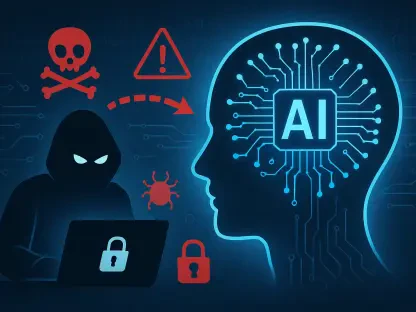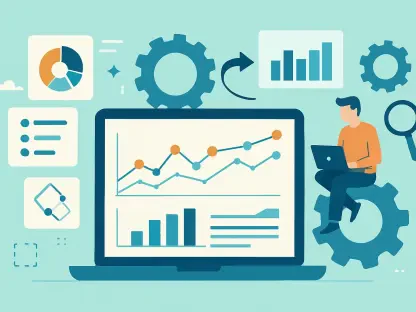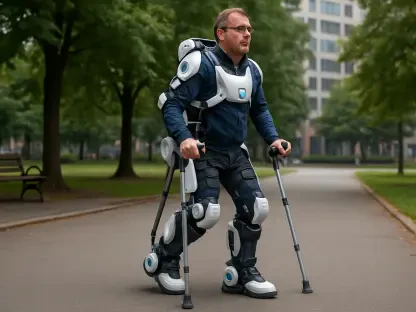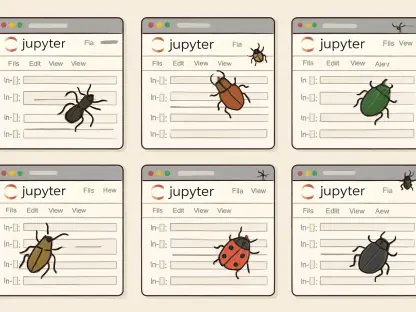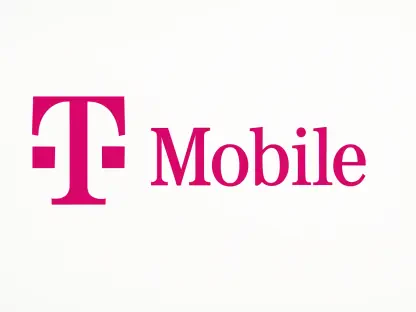Imagine a world where a patient’s vital signs are monitored in real-time from the comfort of their home, alerting doctors to potential issues before they become emergencies, and this is no longer a distant dream but a rapidly unfolding reality, thanks to the transformative power of the Internet of Things (IoT) in healthcare. Recent projections indicate that the global market for IoT in healthcare is on an extraordinary growth path, expected to surge from its current valuation to an astounding $594.5 billion by 2035, driven by a compound annual growth rate (CAGR) of 23.9%. This remarkable expansion reflects a profound shift in how medical care is delivered, emphasizing efficiency, precision, and patient-centric solutions. As technology continues to integrate seamlessly into clinical and personal environments, the potential to revolutionize health outcomes grows exponentially. This article delves into the key drivers, emerging trends, and critical challenges shaping this dynamic sector, offering a glimpse into a future where healthcare and innovation are intertwined.
Driving Forces Behind Market Expansion
The momentum behind the staggering growth of IoT in healthcare stems from a confluence of technological advancements and pressing industry needs. A significant factor is the widespread adoption of wearable and implantable sensors that enable continuous patient monitoring, providing critical data for managing chronic conditions and preventing acute episodes. These devices, paired with telehealth platforms, allow for remote consultations, reducing the burden on physical healthcare facilities. Additionally, substantial investments in smart hospital infrastructure are streamlining operations through automation and connected medical equipment, enhancing both patient safety and resource efficiency. Government policies play a pivotal role as well, with digital health regulations and telemedicine reimbursement frameworks accelerating adoption globally. This supportive environment fosters innovation, ensuring that IoT solutions are not just experimental but integral to modern medical practice, addressing urgent demands for accessible and effective care delivery across diverse populations.
Beyond technological and policy drivers, the push for data-driven healthcare solutions is reshaping the industry landscape. The integration of artificial intelligence (AI) with IoT devices offers powerful analytics for early diagnosis and personalized treatment plans, fundamentally altering how diseases are managed. This synergy enables predictive interventions, which can significantly lower hospital readmissions by identifying potential health risks before they escalate. Cloud-enabled platforms further enhance this capability by facilitating seamless data sharing among healthcare providers, ensuring a cohesive approach to patient care. The emphasis on operational efficiency through IoT also extends to inventory management and staff coordination in hospitals, reducing costs and improving service delivery. As these technologies mature, their scalability becomes a key asset, allowing healthcare systems to adapt to growing patient volumes and complex medical needs with agility and precision, setting a new standard for quality and responsiveness in the sector.
Emerging Technological Innovations
One of the most exciting aspects of IoT’s evolution in healthcare is the convergence of consumer-grade technology with medical applications, creating accessible and personalized care options. Innovations such as smart glasses with gesture-controlled interfaces and wearable neural bands are paving the way for hands-free, real-time health monitoring. These devices extend beyond traditional clinical settings, supporting rehabilitation, wellness initiatives, and home-based care with unprecedented ease. Such advancements signify a broader shift toward empowering patients to take an active role in their health management, blurring the lines between everyday technology and specialized medical tools. As these solutions become more integrated into daily life, they promise to enhance the quality of care by making it more immediate and tailored to individual needs, fundamentally transforming the patient experience in diverse environments.
Another critical trend is the development of comprehensive IoT ecosystems that connect disparate devices and systems into a unified network. This interconnectedness ensures that data from wearable monitors, hospital equipment, and telehealth platforms can be synthesized to provide a holistic view of patient health. Such integration is vital for enabling precision medicine, where treatments are customized based on real-time data and historical trends. Furthermore, the expansion of remote patient monitoring (RPM) platforms allows healthcare providers to oversee patients across vast distances, ensuring timely interventions without the need for physical visits. This capability is particularly impactful in underserved regions, where access to medical facilities may be limited. As these ecosystems grow, they also drive the need for standardized protocols to ensure compatibility and reliability, fostering a more connected and responsive healthcare framework that prioritizes both innovation and accessibility for all stakeholders.
Navigating Challenges for Sustainable Growth
While the potential of IoT in healthcare is immense, the path to realizing this vision is not without obstacles that demand careful attention. A primary concern is the security of sensitive patient data, as the proliferation of connected devices increases the risk of breaches and unauthorized access. Robust cybersecurity measures must be prioritized to protect privacy and maintain trust in these systems. Additionally, the complexity of integrating diverse IoT solutions across hospitals and home care settings poses significant technical challenges, requiring standardized frameworks and interoperable platforms. Addressing these issues is essential to ensure that the benefits of IoT are not undermined by vulnerabilities or inefficiencies. Strategic partnerships between technology providers and healthcare institutions can play a crucial role in overcoming these hurdles, facilitating seamless deployment and fostering a secure environment for innovation to thrive.
Equally important is the need to balance rapid technological advancement with practical implementation considerations to sustain long-term growth. The diversity of IoT applications—from wearable health trackers to smart hospital systems—requires tailored approaches to training and adoption among healthcare professionals and patients alike. Ensuring that these tools are user-friendly and supported by adequate education can mitigate resistance and enhance effectiveness. Moreover, regulatory bodies must continue to evolve policies that address emerging risks while encouraging innovation, striking a balance between oversight and flexibility. Investments in infrastructure to support data storage and processing will also be critical as the volume of health-related information grows. By proactively tackling these multifaceted challenges, the healthcare industry can harness the full potential of IoT, paving the way for a future where technology enhances every aspect of medical care with reliability and trust.
Reflecting on a Transformative Journey
Looking back, the journey of IoT in healthcare reveals a landscape reshaped by relentless innovation and a commitment to better outcomes. The projected climb to a $594.5 billion market by 2035 stands as a testament to the profound impact of connected technologies on medical practices. As stakeholders navigate the complexities of data security and system integration, the strides made in wearable devices and telehealth underscore a pivotal shift toward proactive, patient-centered care. Moving forward, the focus shifts to actionable strategies—forging partnerships to enhance interoperability, investing in cybersecurity frameworks, and prioritizing user education to bridge adoption gaps. These steps promise to solidify IoT’s role as a cornerstone of modern healthcare, ensuring that the fusion of technology and medicine continues to evolve, ultimately improving lives on a global scale with precision and empathy.





